In the diverse world of avian adaptations, few features are as remarkable as the continuously growing beak of the crossbill. While most birds have beaks that maintain a relatively stable size and shape throughout their adult lives, certain species possess the extraordinary characteristic of nonstop beak growth. This perpetual growth serves crucial evolutionary purposes, enabling these birds to thrive in their specialized ecological niches. The phenomenon represents one of nature’s most fascinating solutions to environmental challenges, illustrating how adaptive features can evolve to address specific feeding requirements and survival needs. This continuous growth mechanism presents both advantages and challenges for the birds that possess it, creating a delicate balance between beneficial adaptation and potential liability.
The Remarkable Crossbill’s Never-Ending Growth
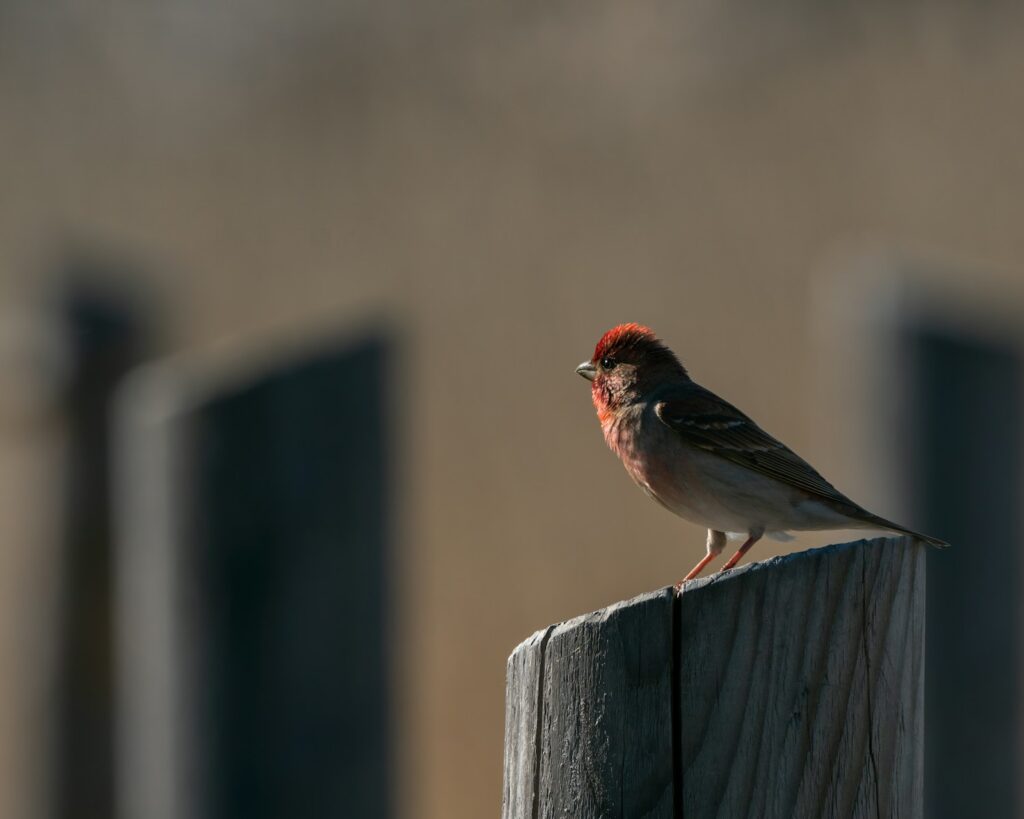
The crossbill (genus Loxia) stands out as the premier example of a bird with perpetually growing bill structures. These specialized finches possess uniquely crossed mandibles that continue growing throughout their lives. Unlike most birds whose beaks reach a terminal size in adulthood, crossbills experience constant growth to counterbalance the significant wear their beaks endure during feeding. Their primary food source—conifer seeds extracted from tightly closed pinecones—requires tremendous pressure and abrasion, which would quickly wear down a conventional beak. The continuous growth ensures the crossbill maintains its specialized feeding apparatus despite this intense daily wear. Without this adaptation, the crossbill’s unique feeding strategy would become impossible after just a few months of foraging activity.
The Evolutionary Advantage of Continuous Growth
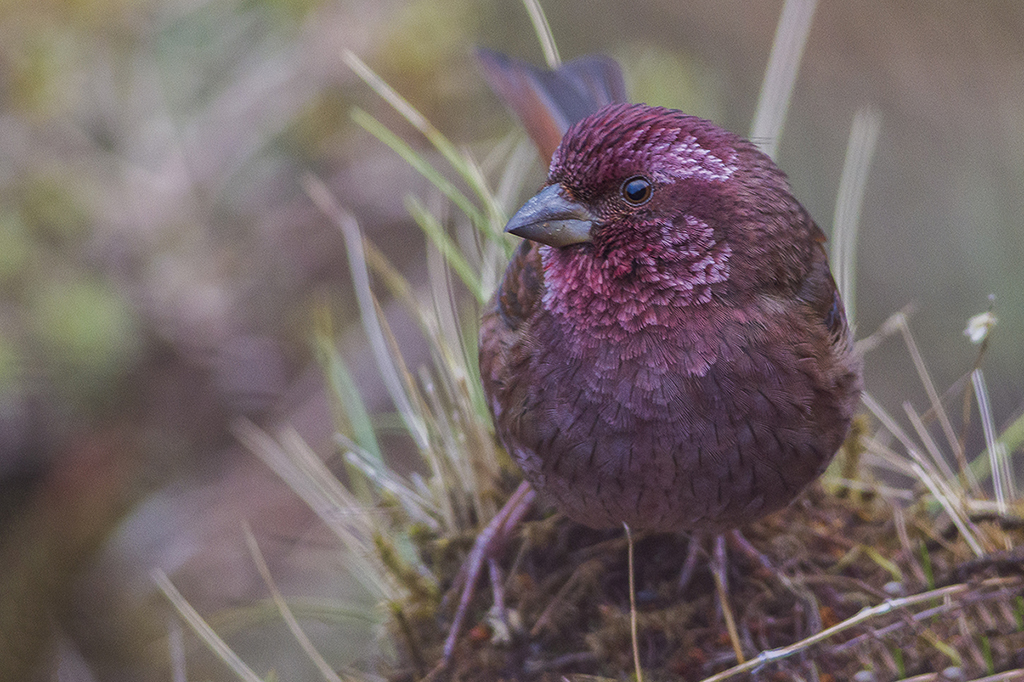
Continuous beak growth represents an evolutionary response to specialized feeding behaviors that cause exceptional wear. In environments where food acquisition requires repetitive abrasive actions, traditional beak structures would quickly become damaged or ineffective. Through natural selection, species like crossbills developed constantly regenerating bill tissue that maintains optimal functionality despite intensive use. This adaptation allows these birds to exploit food resources inaccessible to other species, creating an ecological niche with reduced competition. The ability to access conifer seeds protected within woody cones gives crossbills a reliable food source even during winter months when other food becomes scarce. This specialized adaptation demonstrates evolution’s remarkable capacity to develop solutions for specific environmental challenges.
The Science Behind Nonstop Beak Growth
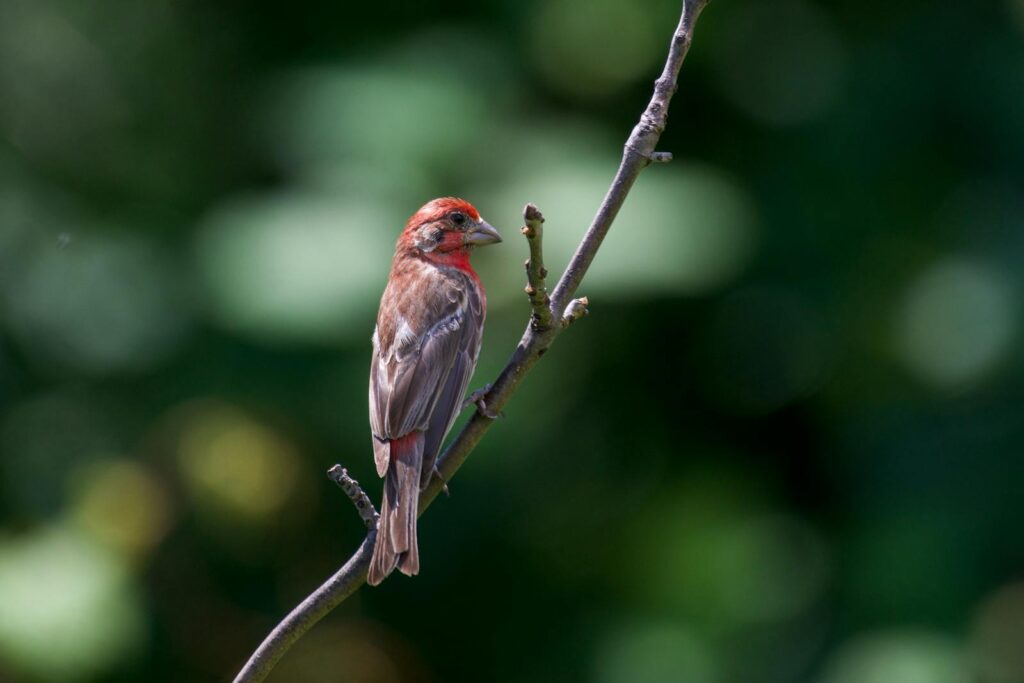
The biological mechanism enabling continuous beak growth involves specialized keratin production in the bill’s basal tissue. Similar to human fingernails or rodent incisors, these birds’ beaks contain growth zones that continuously generate new keratin cells, pushing older cells forward as the tip naturally wears away. This growth occurs in both the upper and lower mandibles, requiring precise coordination to maintain proper alignment and functionality. The growth rate typically matches the average wear rate under normal feeding conditions, creating a self-regulating system. Hormonal and genetic factors control this process, ensuring appropriate growth rates that respond to seasonal changes in feeding intensity. This remarkable biological system represents one of nature’s most sophisticated examples of structural maintenance in a living organism.
When Growth Becomes Problematic
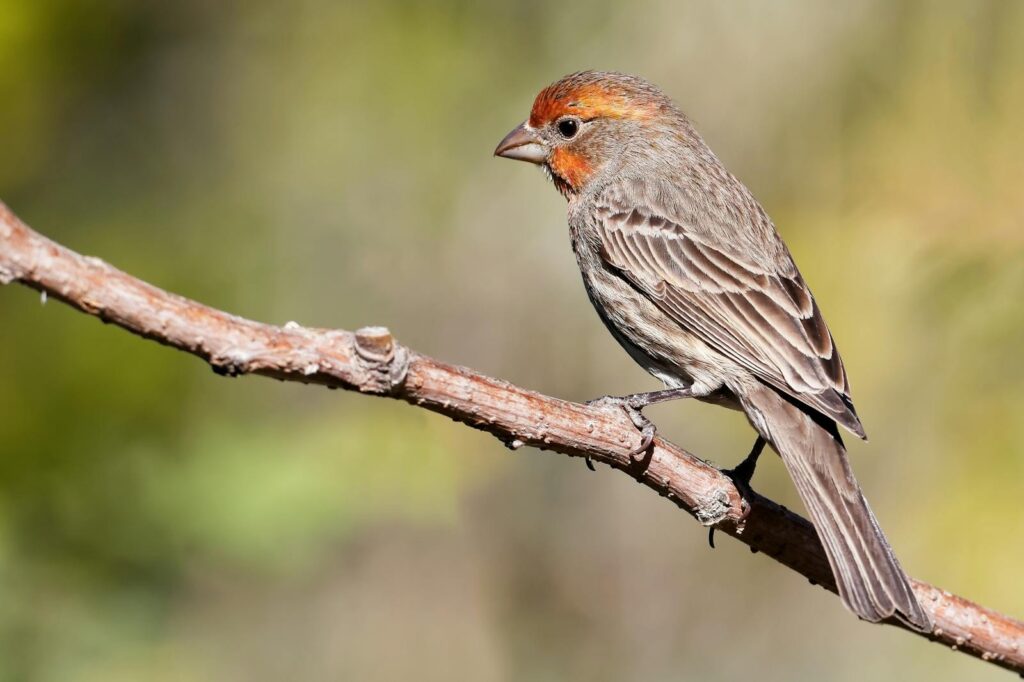
While continuous beak growth provides crucial advantages, it can become problematic when growth exceeds wear. Birds in captivity or those with injuries that prevent normal feeding behavior may develop overgrown beaks that interfere with essential activities. Without the natural abrasion from regular feeding, the beak can grow excessively long, curved, or misaligned. These overgrowth conditions can severely impair a bird’s ability to eat, preen, or defend itself, potentially leading to malnutrition and other health complications. Wildlife rehabilitators must sometimes provide artificial beak trimming for injured birds to prevent these issues. The delicate balance between growth and wear highlights how specialized adaptations can become liabilities when environmental conditions change.
The Unique Crossbill Anatomy
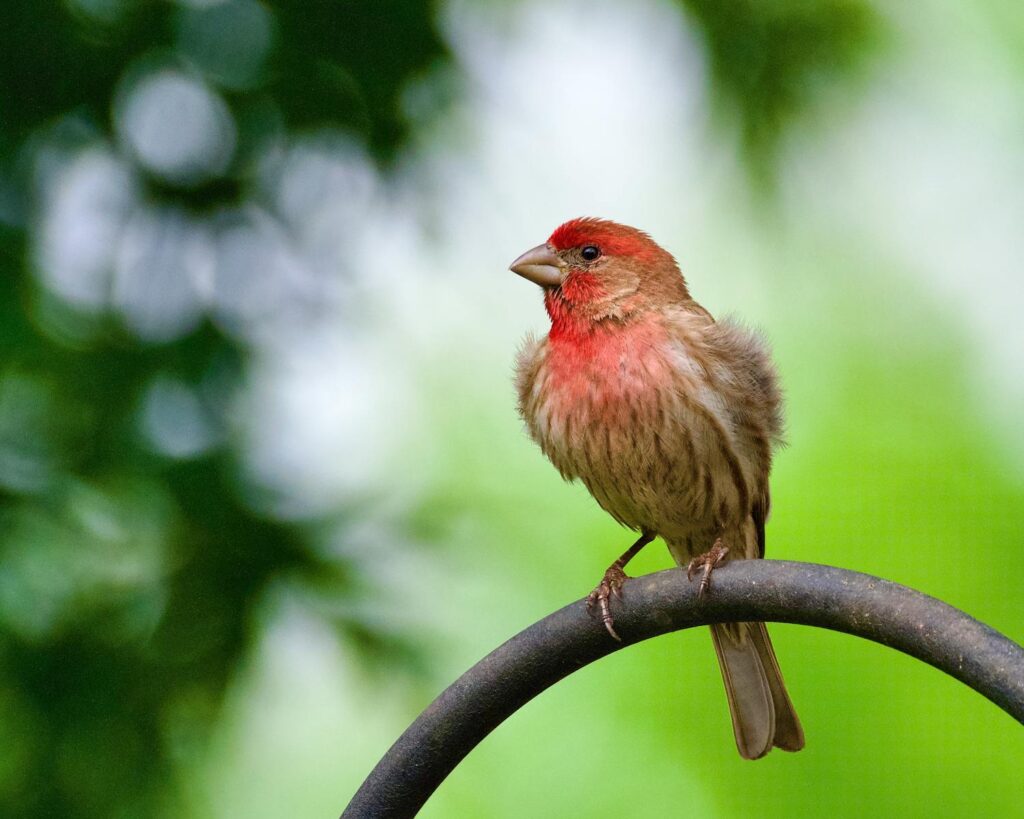
The crossbill’s distinctive crossed mandibles represent one of ornithology’s most specialized feeding adaptations. The upper and lower bills grow past each other, creating a crossed appearance that functions like precision extraction tools. This unusual configuration allows the bird to insert its closed bill between cone scales, then open it to pry the scales apart with tremendous leverage. The lateral movement creates gaps that expose the nutritious seeds hidden within the cone’s protective structure. Young crossbills are born with straight bills that gradually develop their characteristic cross as they mature and begin feeding independently. The degree of crossing and bill thickness varies between crossbill species, each specialized for different conifer cone types in their native ranges.
Other Birds with Continuous Growth Patterns
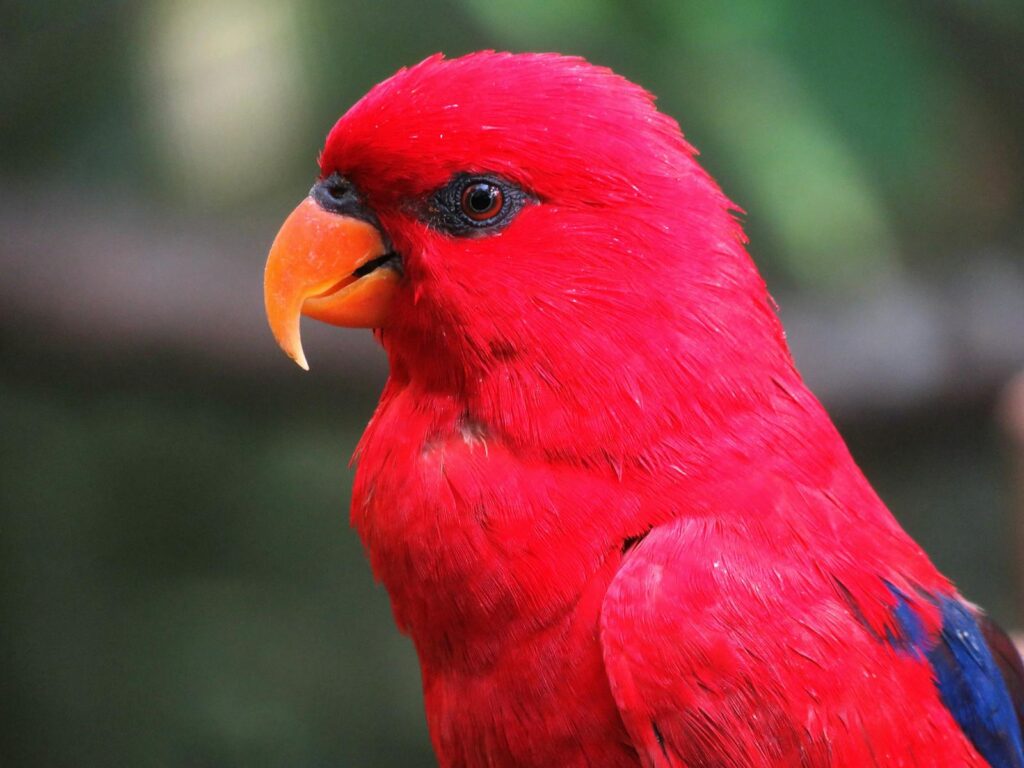
While crossbills represent the most dramatic example, several other bird species exhibit continuous beak growth to varying degrees. Parrots and cockatoos possess bills that grow throughout their lives, requiring regular wear from chewing wood and hard foods to maintain appropriate length. Toucans also experience ongoing bill growth, though at a slower rate proportional to the lower abrasion their feeding habits generate. Some woodpecker species show accelerated bill growth to compensate for the extreme wear caused by their persistent pecking behaviors. Raptors like eagles and hawks also experience continuous growth, albeit at slower rates, maintaining the sharp hook tips essential for tearing prey despite regular use. These diverse examples demonstrate how continuous growth has evolved independently in multiple bird lineages as a solution to feeding-related wear.
The Role of Diet in Beak Maintenance
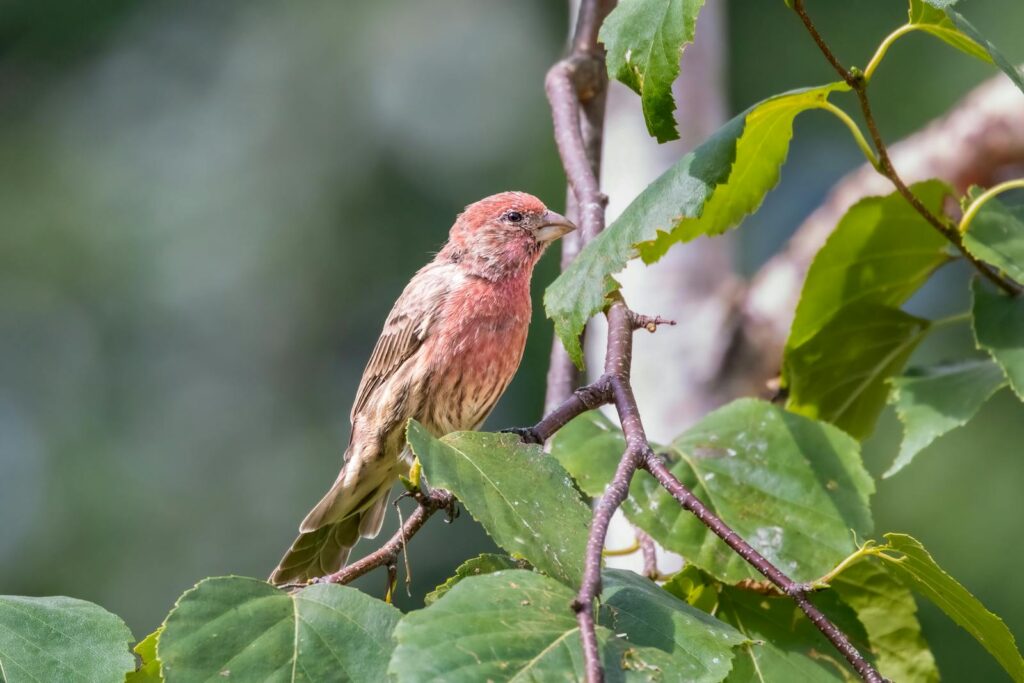
For birds with continuously growing beaks, diet plays a crucial role in maintaining proper beak shape and function. The natural abrasion from processing food keeps growth in check, creating a self-regulating system dependent on regular feeding activity. Crossbills must extract thousands of seeds daily, providing the necessary wear to counterbalance their rapid beak growth. Any changes in diet or feeding behavior can disrupt this balance, potentially leading to overgrowth or deformities. Captive birds with continuously growing beaks require specially designed environments with appropriate materials for chewing and foraging. Proper nutrition also influences keratin quality, ensuring the beak remains strong and resilient while growing. This intimate connection between diet and beak maintenance illustrates the complex interdependence of behavioral and physiological adaptations.
Comparing Bird Beaks to Rodent Teeth
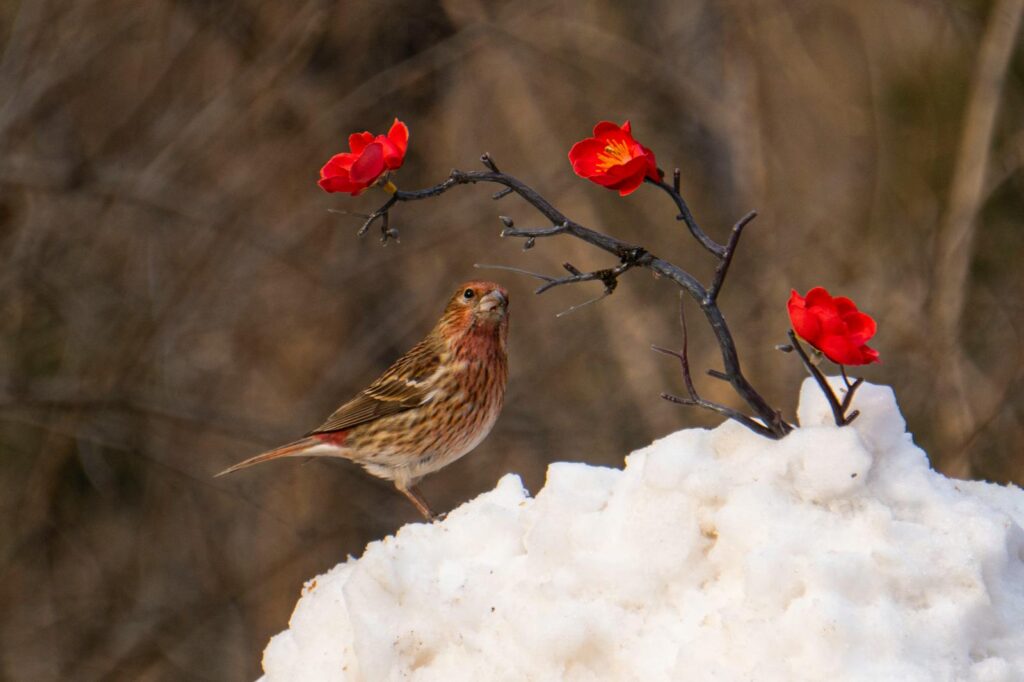
The continuous growth mechanism in certain bird beaks parallels the well-known growth pattern in rodent incisors, representing a fascinating case of convergent evolution. Both adaptations evolved to address similar challenges of maintaining functional feeding structures despite intensive wear from specialized diets. Rodents’ incisors grow continuously to counterbalance wear from gnawing on hard materials, just as crossbill beaks grow to offset the abrasion from seed extraction. Both systems include self-sharpening mechanisms where normal use maintains optimal shape and effectiveness. However, birds lack the hard enamel layer found on rodent incisors, relying instead on specialized keratin structures with varying hardness. This comparison highlights how evolution can produce similar solutions to comparable challenges across vastly different animal groups.
Geographic Variations in Crossbill Beaks
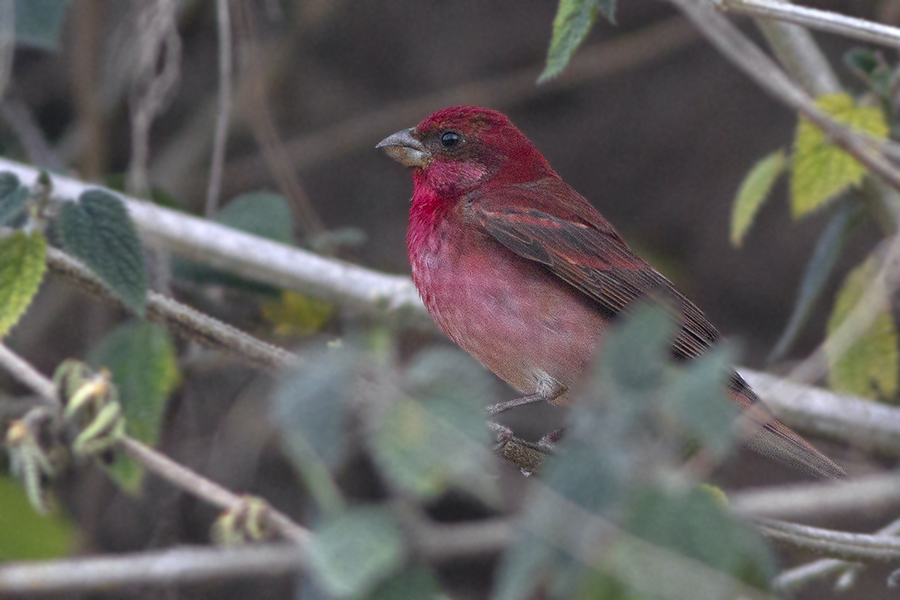
Crossbill populations show remarkable geographic variations in beak size, shape, and growth patterns, reflecting adaptations to local conifer species. Researchers have identified distinct “bill types” among crossbills, each specialized for efficiently extracting seeds from specific conifer cone structures. These variations are so pronounced that they contribute to reproductive isolation between populations, potentially driving speciation processes. North American red crossbills currently comprise at least ten recognized “vocal types” with corresponding bill morphologies, each specialized for particular conifer species like ponderosa pine, Douglas fir, or hemlock. European and Asian crossbill populations show similar specialization patterns to their native conifers. These geographic variations demonstrate how continuous beak growth enables rapid evolutionary adaptation to local food resources, creating a remarkable example of adaptive radiation.
Observing Growth Rates in Scientific Research
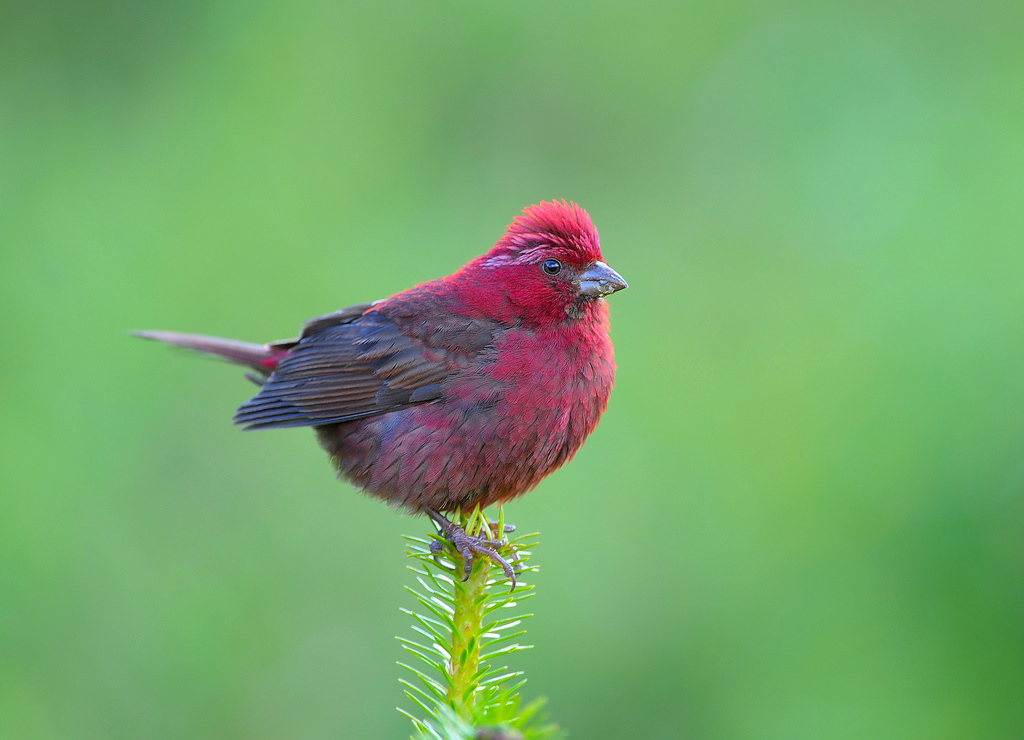
Scientists study crossbill beak growth rates through various techniques including mark-recapture studies with repeated measurements, microscopic examination of growth layers, and controlled observations of captive birds. These studies reveal growth rates averaging 0.77mm per month, though varying significantly with seasonal feeding intensity and individual differences. Research demonstrates that growth accelerates during winter months when feeding activity increases, showing the dynamic responsiveness of the growth mechanism. Some studies use stable isotope analysis to track keratin formation, providing insights into seasonal growth patterns and nutritional influences. Advanced imaging techniques allow researchers to examine the cellular structure of the growth zones without harming the birds. These scientific investigations contribute valuable information about one of nature’s most specialized anatomical adaptations while helping wildlife rehabilitators better care for injured birds.
Conservation Implications of Specialized Beaks
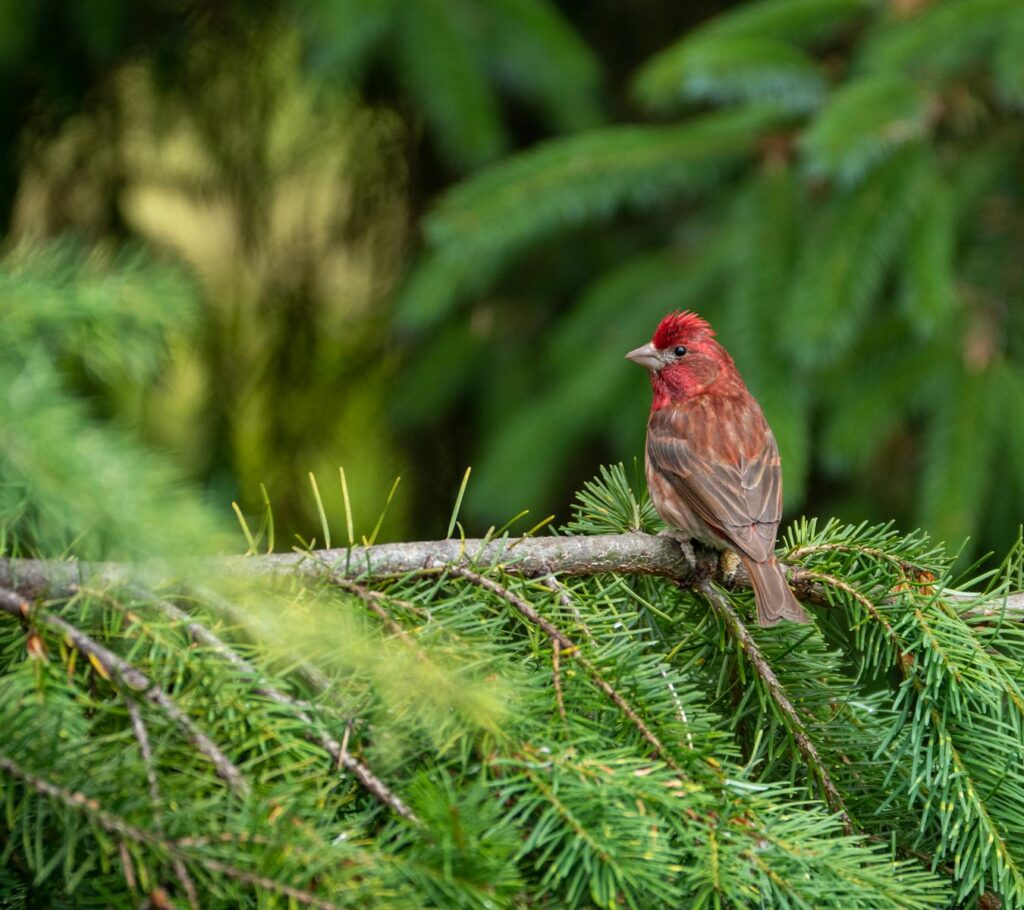
The highly specialized nature of continuously growing, crossed beaks creates unique conservation challenges for crossbill populations. Their dependence on specific conifer species makes them particularly vulnerable to habitat changes affecting their food sources. Climate change threatens many conifer forests through altered precipitation patterns, increased fire frequency, and shifting range boundaries. Additionally, commercial forestry practices that remove mature cone-bearing trees can significantly impact crossbill populations. The specialized nature of each crossbill type means that generic habitat conservation may not adequately protect all populations. Conservation strategies must consider the specific conifer associations of local crossbill types and maintain sufficient mature forest stands to ensure cone production. Their specialized adaptation represents both their greatest strength and their greatest vulnerability in a rapidly changing world.
Caring for Birds with Continuous Beak Growth
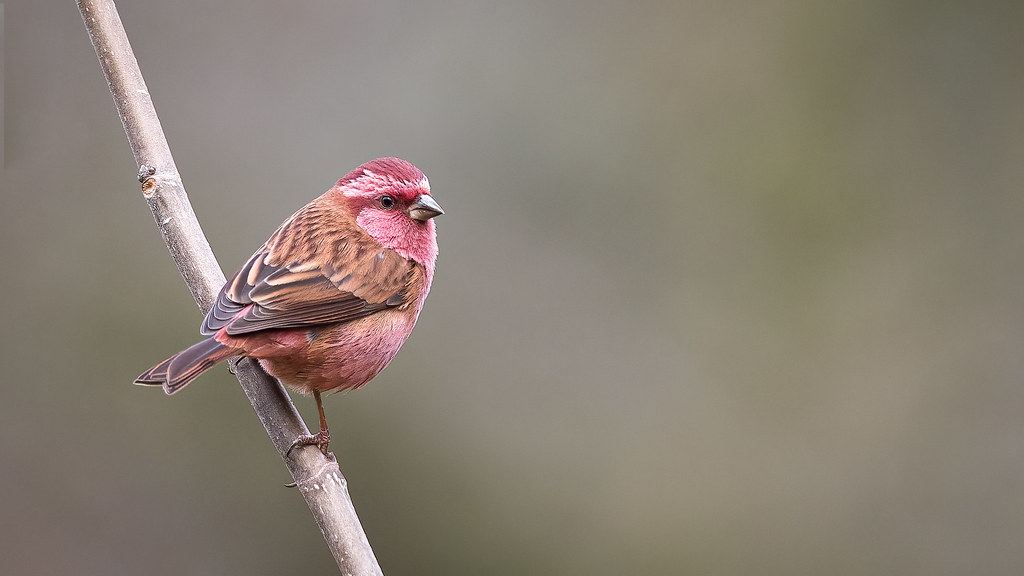
Birds with continuously growing beaks require specialized care in captivity or rehabilitation settings to prevent potentially serious overgrowth issues. Caretakers must provide appropriate hard foods and chewing materials that simulate natural wear patterns while monitoring beak condition regularly. When necessary, trained wildlife professionals may perform careful beak trimming procedures to maintain proper alignment and functionality. For permanently injured birds unable to return to the wild, proper beak maintenance becomes a lifelong requirement for their wellbeing. Avian veterinarians use specialized tools to trim overgrown beaks while minimizing stress to the bird. Proper trimming requires detailed knowledge of each species’ natural beak shape and function to avoid creating feeding difficulties. These specialized care requirements highlight the challenges of supporting highly adapted species when their natural behaviors are disrupted.
The Future of Continuous Growth Research
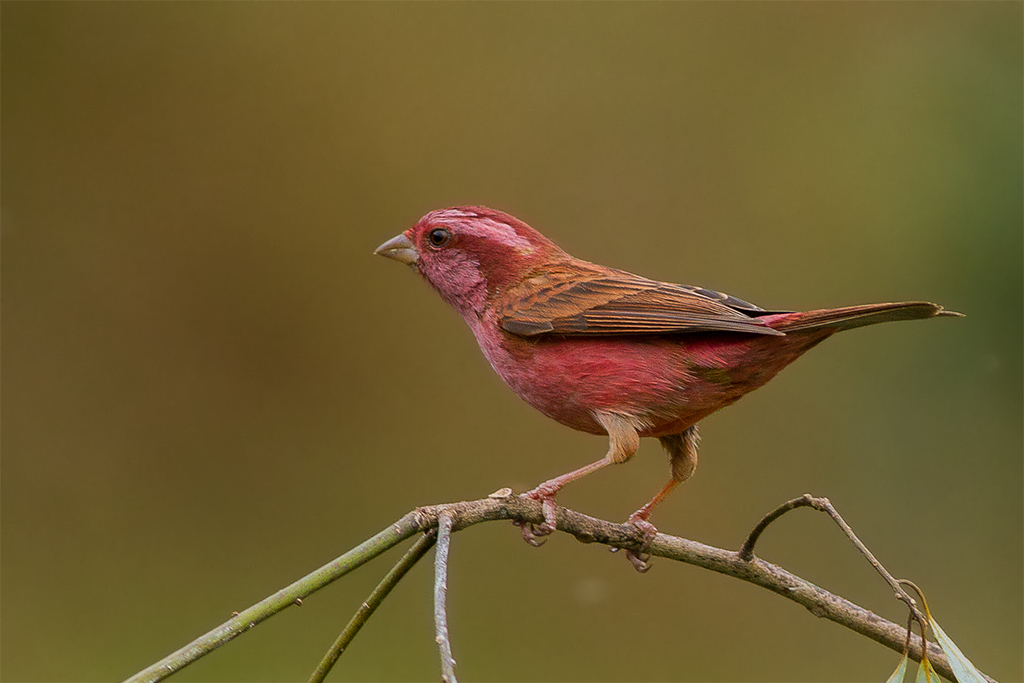
Ongoing research into continuous beak growth mechanisms promises valuable insights for both ornithology and broader biological sciences. Genetic studies examining the regulatory pathways controlling growth rates may identify specific genes involved in this specialized adaptation. Understanding these mechanisms could provide insights into evolutionary processes and potentially inform research on tissue regeneration in other contexts. Climate change models incorporating crossbill specializations help predict how these uniquely adapted birds might respond to changing forest compositions. Advanced tracking technologies allow researchers to better understand how individual crossbills maintain their specialized beaks through movement patterns and feeding behaviors. As research techniques continue advancing, our understanding of this remarkable adaptation will deepen, potentially revealing new dimensions of one of nature’s most specialized anatomical features.
The continuously growing beak represents one of nature’s most remarkable specialized adaptations, enabling birds like crossbills to exploit ecological niches unavailable to other species. This perpetual growth mechanism illustrates the incredible precision of natural selection in developing solutions to specific environmental challenges. While providing crucial advantages, this adaptation also creates potential vulnerabilities when natural behaviors are disrupted or habitats altered. As researchers continue investigating the genetic, cellular, and ecological dimensions of this phenomenon, our appreciation deepens for the remarkable diversity of adaptations that enable birds to thrive in specialized niches throughout the world. The crossbill’s ever-growing, precisely crossed bill stands as a testament to evolution’s capacity for developing extraordinary solutions to life’s everyday challenges.
